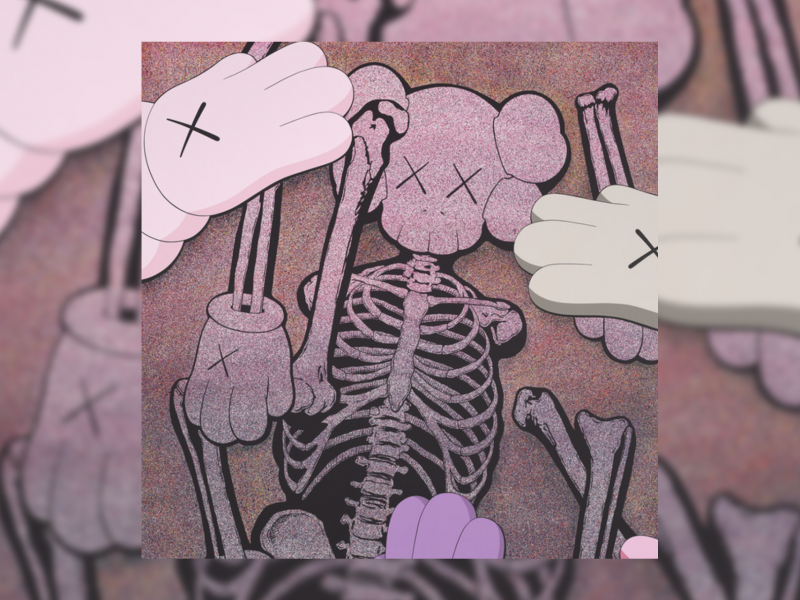If the genre of rap has taught us anything, it’s that expecting mothers who desire wordsmith babies should aim to enter labor between May 21 and June 21.
From Tupac to Kendrick Lamar, it’s almost scientifically proven that Gemini translate to the most successful of rappers. “The Ultimate Gemini has survived,” boasts Kanye West (born June 8) on “St. Pablo.” André 3000 (born May 27) masterfully uses the fourth verse of “Aquemini” to grapple and come to terms with his inner duality, “André, this is André, y’all are just gon’ have to make amends.”
Yet zodiac signs are not exact science, meaning some people are bound to be outliers. Released on Sept. 22, Gemini is Macklemore’s second solo studio album, with Lewis nowhere in sight. Throughout the sprawling 16-track, hour-long project, the listener is introduced to the Seattle rapper’s dueling voices. His carefree, fun side (“Glorious”, “Marmalade”, “How to Play the Flute”) takes intermittent turns alongside the preachy, critical alter-ego (“Ten Million”, “Firebreather”, “Excavate”). Despite glimmers of substance, both feel hollow.
Over a beat from Budo and Tyler Dopps that feels as much meant for a rap song as it is a children’s toy commercial, Macklemore stays generic on the “Marmalade” hook. “I be riding through the town, town, town,” sings the auto-tuned rapper. “I be riding through the town, town, town.” Featuring Lil Yachty, the catchy, insubstantial jam (marmalade/jam pun fully intended) feels like the 34-year-old Macklemore’s search for a fountain of youth on a beat that would serve most effectively as a Lil Boat solo endeavor.
The same issue is apparent on the Offset-featuring “Willy Wonka,” another Budo production. With churning, room-rattling 808s, the beat is a meatball pitch that any Migos member would smash to deep centerfield. Instead, we get a hook that consists of Macklemore shouting the phrase “Bitch, I’m Willy Wonka” four consecutive times.
On “Firebreather,” Macklemore takes direct aim at those who don’t quite relate to his work, “The same writers criticizing my rhymes, are the same writers that I gentrify in Bed-Stuy.” Though it’s not necessarily inaccurate, the diss reeks of hypocrisy, as Macklemore’s “Thrift Shop” melodies served as a sort of gentrification of the very genre that he exists within.
In center frame on the album’s cover, Macklemore stares into the eyes of the listener, shielding his need for approval behind a cool gaze. He’s equipped with all the pre-requisites for rap-game success: a fresh pair of Nikes, colorful tattoos, the type of gangster low-rider vehicle that inspired War’s 1975 jam (and the George Lopez theme song), and the proper astrological sign. He’s all alone, but two personas reside within, neither bringing forth content that justifies the aesthetic.
1½ shells.



